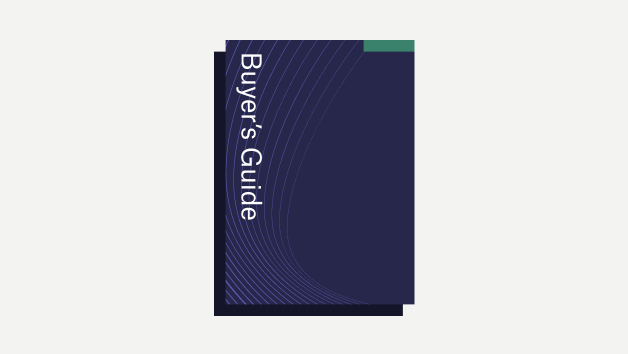Disaster recovery as a service: Introduction
In the digital age, where data is a pivotal part of any enterprise, the importance of robust disaster recovery services cannot be overstated.
Disaster Recovery as a Service (DRaaS) has emerged as a critical component of business continuity and disaster recovery strategies.
Designed to provide a safeguard against potential data catastrophes, this is one part of a company’s digital ecosystem that can not be compromised.
Our buyer’s guide has been researched, written, and designed to identify and detail the critical factors businesses should consider when selecting a DRaaS provider.
Using this information can help ensure that a company’s data disaster recovery needs are met with precision and reliability, something that is increasingly important for organisations of all sizes.
Understanding DRaaS: A vital tool for business resilience
Disaster recovery as a service is a cloud-based solution that allows businesses to replicate and host their physical or virtual servers.
This enables data recovery and business continuity in the event of a disaster.
Naturally, this service is not a one-size-fits-all solution. Choosing the best solution for your enterprise requires rigorous research and careful consideration.
There are several factors to consider when looking to ensure that the chosen service aligns with the specific needs of a business.
Who can benefit from using DRaaS
Industries that handle large volumes of sensitive data, such as finance, healthcare, and e-commerce, stand to benefit significantly from DRaaS.
Additionally, any business that relies on continuous data availability, from small startups to large corporations, should consider disaster recovery solutions as a critical investment.
Key considerations for choosing DRaaS
RTO and RPO Objectives
Understand your Recovery Time Objective (RTO) and Recovery Point Objective (RPO) requirements.
These metrics define how quickly and how much data you can afford to lose in a disaster scenario, respectively.
Compliance and Security
Ensure the DRaaS provider complies with industry regulations such as GDPR, HIPAA, or PCI-DSS.
Security measures should include encryption, multi-factor authentication, and regular security audits.
Scalability and Flexibility
Any service considered should be able to scale to meet your business needs.
Additionally, they should be able to offer a wide range of flexible options designed to deliver within a selection of different scenarios.
Service Level Agreements (SLAs)
Scrutinize the SLAs for clear definitions of service expectations, including uptime guarantees and support responsiveness.
Testing and Reporting
Regular disaster recovery testing is crucial.
The provider should offer comprehensive reporting tools to analyze DR tests and real events.
Cost Structure
Understand the pricing model, including any hidden costs associated with storage, bandwidth, or testing.
Vendor Reputation and Experience
Research the track record and expertise of disaster recovery companies.
Buyers should look for testimonials, case studies, and industry certifications to establish the quality of the provider and the service.
Industry-leading DRaaS solutions
Demand for disaster recovery services has grown alongside the expansion of global digital ecosystems.
When exploring disaster recovery solutions, buyers should consider the following systems known for their reliability and comprehensive features:
- Zerto Virtual Replication
- Veeam Backup & Replication
- VMware Site Recovery Manager
- Microsoft Azure Site Recovery
- IBM Disaster Recovery as a Service
- Sungard Availability Services
- Acronis Disaster Recovery Service
- Datto Disaster Recovery
- Carbonite Recover
- Unitrends Disaster Recovery
- CloudEndure Disaster Recovery
- Infrascale Disaster Recovery
- Axcient x360Recover
- iland Secure DRaaS
- Bluelock Recovery-as-a-Service
Latest technological advancements in DRaaS
The landscape of disaster recovery as a service is continually evolving.
With technological advancements enhancing its effectiveness and ease of use, the impact these advances are having is important to consider.
Some of the most recent and relevant innovations include:
- Automated failover and failback
- Machine learning for predictive analytics
- Enhanced cybersecurity measures setting new standards in DRaaS.
- Integration with emerging technologies like blockchain for data integrity
- Increased use of artificial intelligence for intelligent data management
Disaster recovery as a service: Our conclusion
Selecting the right disaster recovery as a service is a critical decision.
This can determine the resilience of your business in the face of unforeseen events.
By considering the factors outlined in this guide and staying abreast of the latest advancements, businesses can ensure that they are well-equipped to handle any disaster with minimal disruption to operations.
References
- Gartner: https://www.gartner.com/en/information-technology/glossary/disaster-recovery-as-a-service-draas
- TechTarget: https://searchdisasterrecovery.techtarget.com/definition/Disaster-Recovery-as-a-Service-DRaaS

